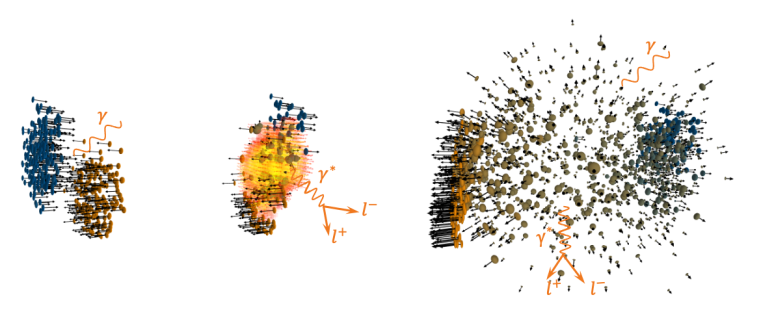Fachbereichs-Kolloquium im WS 2020/21
(letzte Änderung: 12.02.2021, 09:00)
(letzte Änderung: 12.02.2021, 09:00)
Einladender: Dr. Arora | PDF |
Zugangsdaten:
https://wwu.zoom.us/j/95528553602
Passwort: Phys20-21
References:
[1] Gang Wang, et al. Rev. Mod. Phys. 90, 021001 (2018)
[2] M. M. Glazov and L. E. Golub, et al. Phys. Rev. Lett. 125, 157403 (2020)
[3] A. Arora, et al. Phys. Rev. Lett. 123, 167401 (2019)
[4] K. Wagner, et al. arXiv:2007.05396 (2020)
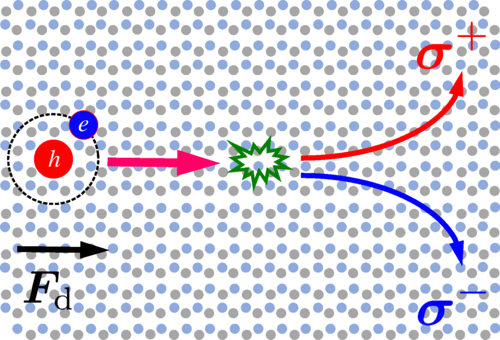
Antrittsvorlesung
Einladender: Dekan des FB Physik | PDF |
Zugangsdaten:
https://wwu.zoom.us/j/95528553602
Passwort: Phys20-21
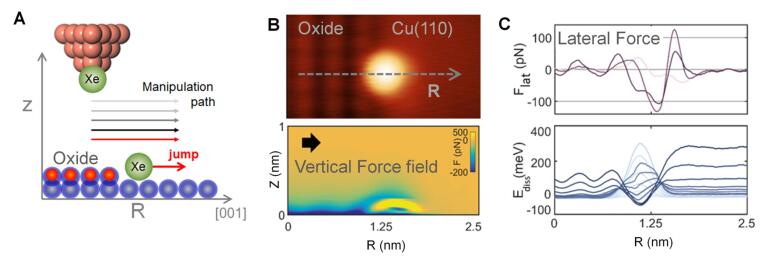
17.12.2020, 16 Uhr c.t.
Einladender: Prof. Andronic | PDF |
Zugangsdaten:
https://wwu.zoom.us/j/95528553602
Passwort: Phys20-21
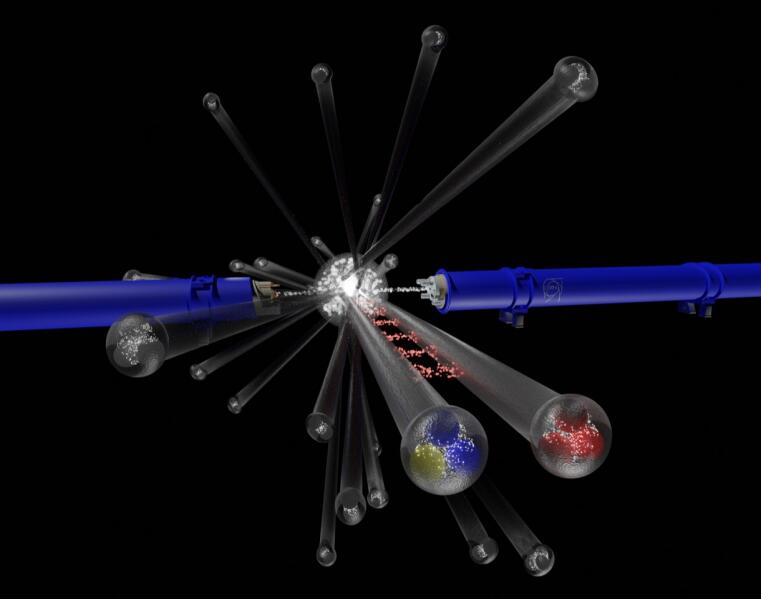
07.01.2021
Einladender: Prof. Weinheimer | PDF |
Zugangsdaten:
https://wwu.zoom.us/j/95528553602
Passwort: Phys20-21
[1] Final Results of GERDA on the Search for Neutrinoless Double-β Decay
14.01.2021
Einladende: Jun.-Prof. Reiter | PDF |
Zugangsdaten:
https://wwu.zoom.us/j/95528553602
Passwort: Phys20-21
[1] J. Kasprzak et al., Nature 443, 409 (2006).
[2] A. Amo et al., Nat. Phys. 5, 805 (2009).
[3] K.G. Lagoudakis et al., Nat. Phys. 4, 706 (2008).
[4] X. Ma et al., Nat. Comm. 11, 897 (2020).
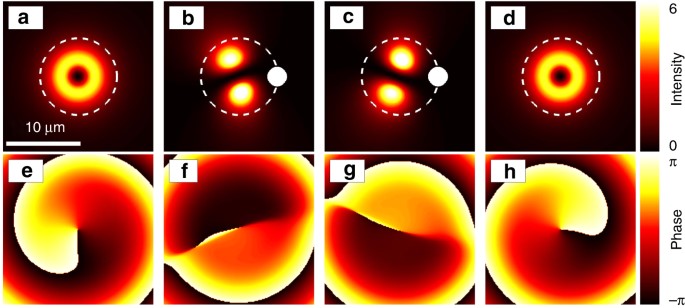
11.02.2021
Einladender: Prof. Andronic | PDF |
Zugangsdaten:
https://wwu.zoom.us/j/95528553602
Passwort: Phys20-21
